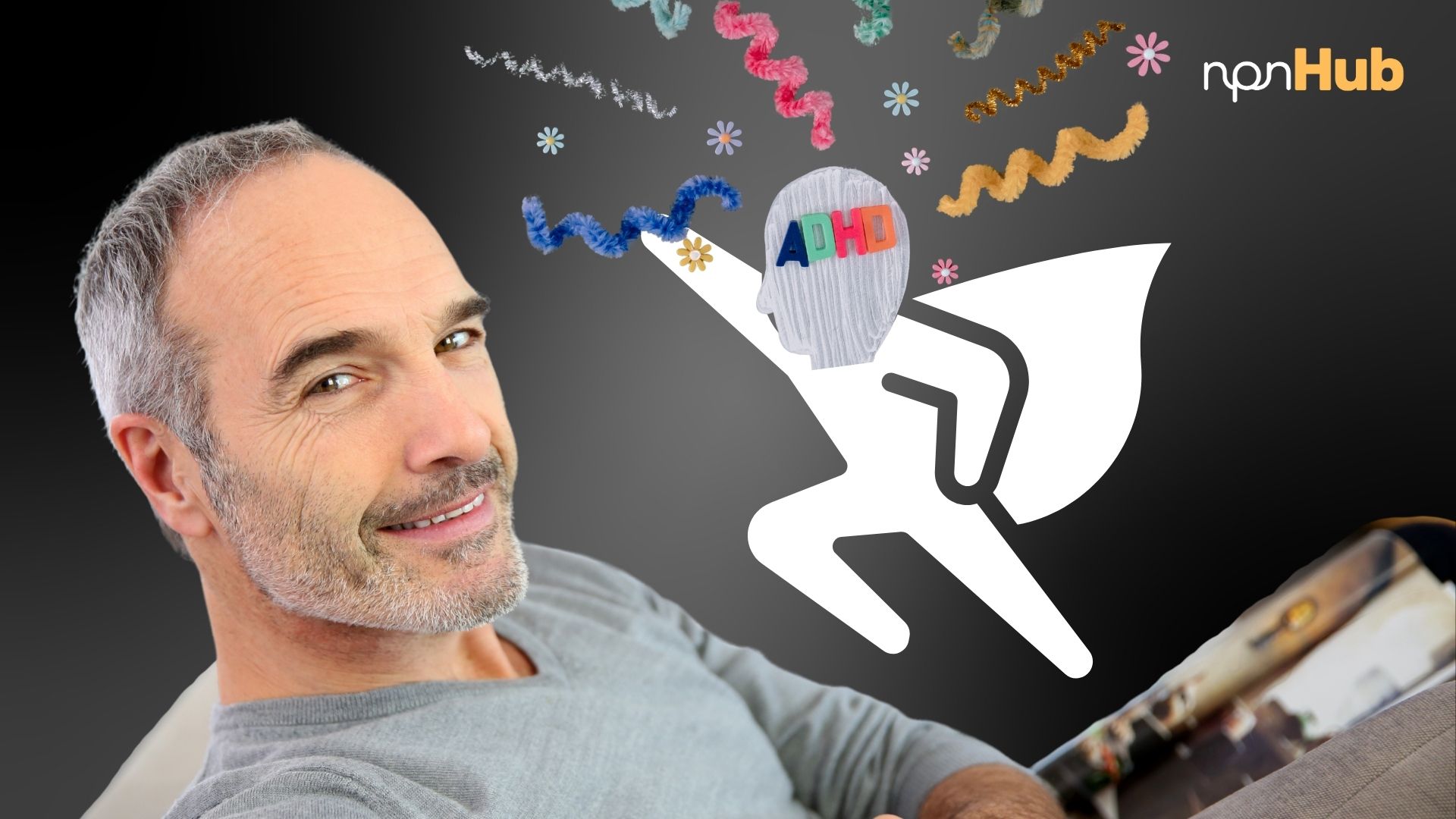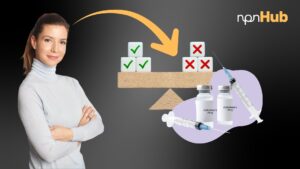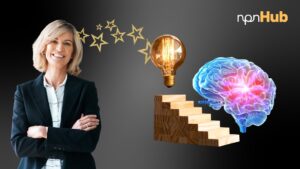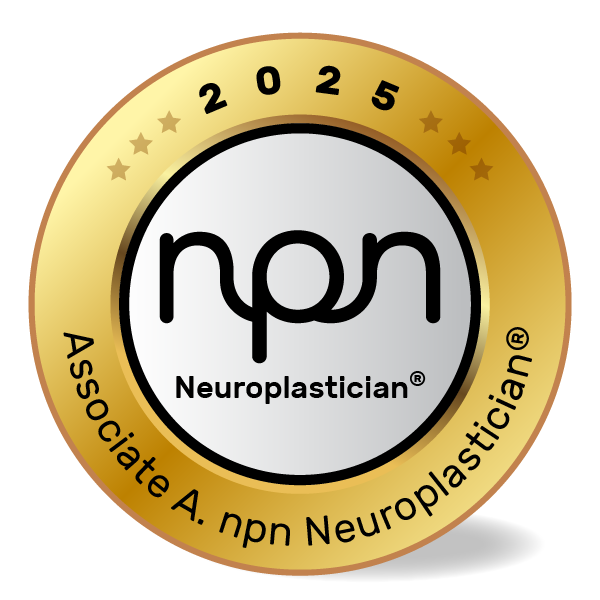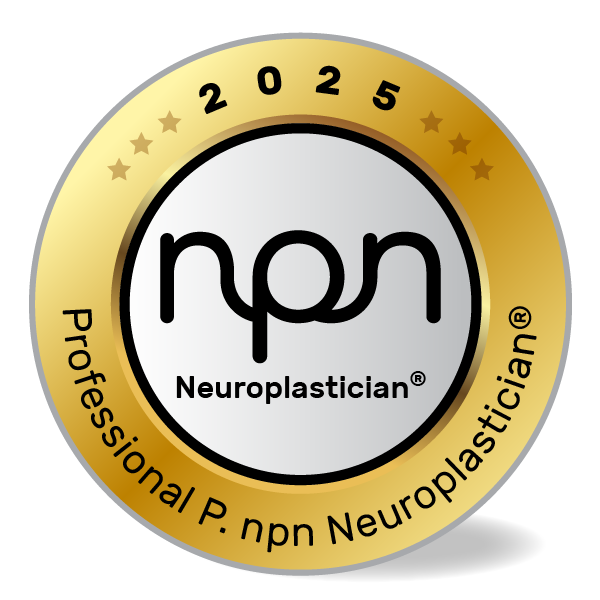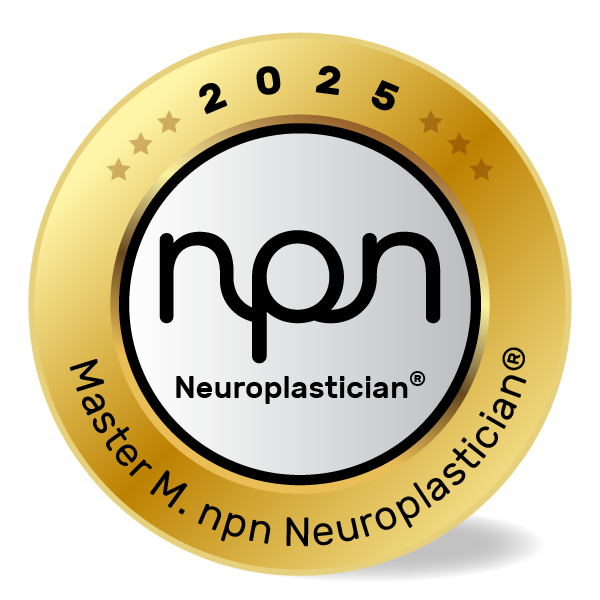Discover how ADHD can unlock creativity, innovation, and cognitive flexibility – and why neuroscience practitioners should view it as a strength, not a shortcoming.
npnHub Editorial Member: Greg Pitcher curated this blog
Key Points
- ADHD is not a deficit but a unique neurocognitive profile with hidden strengths.
- Brain differences in ADHD support divergent thinking, innovation, and rapid problem-solving.
- Neuroscience confirms that dopamine regulation and frontal cortex variability play crucial roles.
- Practitioners can use neuroplasticity-based strategies to amplify ADHD strengths.
- Misconceptions about ADHD hinder potential; accurate understanding enhances well-being and performance.
1. What is ADHD?
Imagine a learning coach working with a teenager who constantly fidgets, struggles to focus on standard tasks, yet bursts with creative ideas and enthusiasm when tackling complex, open-ended challenges. This student thrives on novelty, brings unexpected connections to group projects, and often sees patterns others miss. Initially framed as “distracted,” this teen is, in fact, engaging with the world through a unique cognitive lens.
This illustration isn’t a case study – it’s a representation of how ADHD manifests as both challenge and opportunity.
ADHD (Attention-Deficit/Hyperactivity Disorder) has traditionally been seen as a disorder of inattention and impulsivity. But modern neuroscience paints a richer picture: ADHD reflects natural variations in brain wiring. According to Dr. Russell Barkley, a renowned ADHD researcher, the condition involves delays in the development of the brain’s executive functions, not deficits in intelligence or capacity (Source).
By understanding ADHD as part of the neurodiversity spectrum, professionals can reframe it as a different way of thinking – one often associated with spontaneity, creativity, and resilience.
2. The Neuroscience of ADHD
During a professional development workshop, a well-being coach shared how one of her adult clients with ADHD struggled in rigid work environments but thrived when given autonomy and dynamic, deadline-driven tasks. Once the workplace adapted, his performance skyrocketed.
Again, this is a representative story – illustrative, not experimental.
Neuroscientific studies show that individuals with ADHD have different activation patterns in the prefrontal cortex and altered dopamine transport systems. Dopamine, the neurotransmitter linked to motivation and reward, is processed differently, often leading to a craving for stimulation and immediate feedback (NIH).
Key brain areas involved in ADHD include:
- Prefrontal Cortex: Associated with attention regulation and decision-making.
- Anterior Cingulate Cortex: Involved in error detection and emotional regulation.
- Striatum and Basal Ganglia: Linked to reward sensitivity and habit formation.
These differences do not equate to dysfunction. Instead, they support traits like rapid switching between ideas (divergent thinking), novelty-seeking, and high responsiveness to environmental cues.
3. What Neuroscience Practitioners, Neuroplasticians, and Well-being Professionals Should Know About ADHD
A coach working with a neurodiverse team noticed one member, diagnosed with ADHD, often jumped from one idea to the next. Instead of redirecting him toward linear thinking, she harnessed his spontaneity during brainstorming sessions. He became the team’s innovation driver.
This narrative illustrates a shift in perspective. ADHD doesn’t demand suppression – it invites redirection.
Professionals must move beyond the myths surrounding ADHD:
- Does ADHD mean someone can’t focus at all?
Not at all. Many individuals experience hyperfocus on topics that interest them—intense, prolonged attention when engaged. - Is ADHD always linked to academic failure?
No. Many excel in non-linear thinking tasks, creative arts, or entrepreneurial roles (Source). - Can we “train out” ADHD traits?
The goal is not to erase traits but to leverage them. Cognitive coaching, lifestyle alignment, and neuroplasticity-based training yield lasting benefits.
Harvard’s Center on the Developing Child underscores that adaptive environments play a key role in amplifying neurodivergent strengths (Harvard, 2021).
4. How ADHD Affects Neuroplasticity
Neuroplasticity – the brain’s ability to rewire itself – is especially dynamic in ADHD profiles. Because individuals with ADHD often seek novelty and challenge, their neural networks remain malleable, responsive, and adaptable across the lifespan.
For instance, research by Dr. Silvia Bunge at UC Berkeley shows that cognitive flexibility tasks stimulate increased synaptic connectivity in ADHD-diagnosed youth (Source). These repeated cognitive activations reinforce dopamine-rich pathways, particularly in the striatum and prefrontal areas.
This means that well-designed interventions – like gamified learning, creative expression, or movement-based activities – can strengthen executive functions over time. When clients are allowed to operate in ways aligned with their neuroprofile, the brain doesn’t just cope – it thrives.
5. Neuroscience-Backed Interventions to Improve ADHD Outcomes
Why Behavioral Interventions Matter
Without tailored support, ADHD can result in chronic underachievement and lowered self-esteem. A coach guiding a teenager with ADHD through self-paced, goal-oriented projects observed that personalized strategies transformed frustration into momentum.
1. Task Chunking with Dopamine Hits
Concept: Breaking tasks into short, rewarding bursts leverages dopamine feedback loops (NIH).
Example: A neuro-coach helps a client use 15-minute “power sprints” with immediate feedback and rewards.
Intervention:
- Use timers for 15–20 minute intervals.
- Offer a mini-reward for completion.
- Celebrate micro-wins with visual charts or verbal affirmation.
2. Movement-Integrated Learning
Concept: Physical activity boosts dopamine and norepinephrine, improving attention in ADHD brains (Source).
Example: A well-being educator introduces yoga breaks and walking meetings.
Intervention:
- Start sessions with 3–5 minutes of movement.
- Encourage body-based learning methods (e.g., pacing while reading).
- Integrate active games into goal-setting routines.
3. Curiosity-Driven Exploration
Concept: ADHD brains light up when engaged in personally meaningful tasks, enhancing learning pathways (Source).
Example: A coach co-designs projects with the client around their passions – cars, music, or animals.
Intervention:
- Let clients choose their project themes.
- Link boring tasks to passionate interests.
- Use narrative-driven tools (e.g., storytelling, comics) for engagement.
4. Sleep Hygiene & Sensory Regulation
Concept: ADHD often coexists with circadian rhythm disruptions and sensory sensitivities. Stabilizing these boosts executive function (NIH).
Example: A practitioner helps a teen client reduce evening screen time and uses weighted blankets for calming.
Intervention:
- Set sleep-wake goals using digital tools.
- Implement calming evening rituals.
- Offer sensory tools like fidget items or weighted vests.
6. Key Takeaways
ADHD isn’t simply a challenge – it’s a doorway to brilliance. When understood through the lens of neurodiversity and neuroplasticity, ADHD reveals strengths that conventional models often overlook. Practitioners have the power to shift the narrative from deficit to distinction.
🔹 ADHD reflects neurodiverse wiring, not cognitive failure.
🔹 Dopamine and frontal lobe systems create unique opportunity zones.
🔹 Strengths-based coaching transforms ADHD into a competitive edge.
🔹 Personalized strategies unlock executive function and creativity.
🔹 All brains can adapt – and ADHD profiles are especially dynamic.
7. References
- Barkley, R. A. (2010). Deficient Emotional Self-Regulation and ADHD. Journal of ADHD and Related Disorders.https://pubmed.ncbi.nlm.nih.gov/21498464/
- Volkow, N. D., et al. (2009). Evaluating dopamine reward pathway in ADHD. JAMA.https://pubmed.ncbi.nlm.nih.gov/19738093/
- Gruber, M. J., et al. (2014). Curiosity modulates learning via dopamine. Neuron, 84(2), 486-496.https://pubmed.ncbi.nlm.nih.gov/25284006/
- Bunge, S. A., et al. (2012). Training effects on brain function in ADHD. NeuroImage.https://pmc.ncbi.nlm.nih.gov/articles/PMC4079001/
- Ratey, J. (2008). Spark: The Revolutionary New Science of Exercise and the Brain. Little, Brown Spark.https://psycnet.apa.org/record/2008-02933-000

